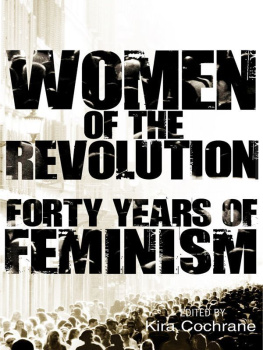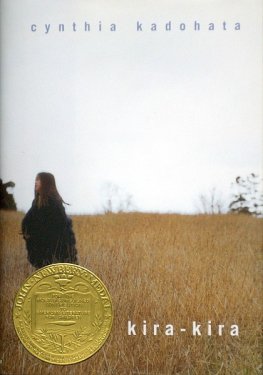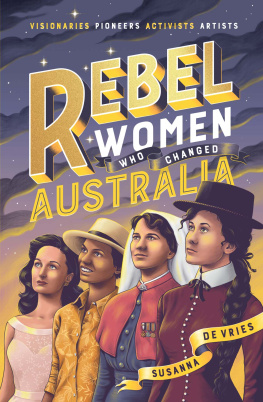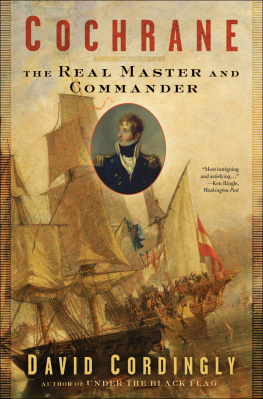There is nothing connected with the staging of a motion picture that a woman cannot do as easily as a man
I n 1914, Alice Guy-Blach was perfectly clear. There is nothing connected with the staging of a motion picture, she wrote, that a woman cannot do as easily as a man, and there is no reason why she cannot completely master every technicality of the art.
Guy-Blach had been directing films for almost 20 years by the time she wrote this, starting in France in 1896. She was one of the first people perhaps the very first to use narrative in film; also one of the first to shoot on location and to sync picture and sound; and she had pioneered essential techniques including double exposure and fadeouts. When she moved to the US in 1907, her success continued, only briefly abated by marriage, which traditionally ended womens careers in this era. While pregnant with her second child Reginald in 1912, she built a major studio, Solax, in New Jersey, costing the equivalent of millions of dollars today. It included prop rooms, carpentry shops, laboratories, darkrooms and projection rooms, everything necessary for a film industry that was rising from the dust.
Many of Guy-Blachs films were ambitious and well reviewed, but for years her name was forgotten she moved back to France in 1922, and on returning to the US in 1927, in search of her films, found nothing. Her work, and that of other pioneering female filmmakers, seemed lost forever. As the sound era began in the late 1920s, and film became increasingly big business, the woman director started to seem a mythical figure, as illustrated by the history of the Academy Award for Best Director. First awarded in the late 1920s, it wasnt until 2009 that the first woman won Kathryn Bigelow for The Hurt Locker by which time more than 400 men had been nominated, and only four women.
In the earliest days of Hollywood, women were at the forefront. Major directors included Lois Weber, Mabel Normand and Dorothy Arzner; Katharine Hepburn was directed by Arzner in the 1933 film Christopher Strong, and wrote in her autobiography Me, six decades later, it seems odd now, a woman director, but it didnt seem strange to me then, a reminder that progress is not always linear, and requires constant vigilance. Leading silent era screenwriters included Frances Marion and Anita Loos; Mary Pickford became famous for her dramatic roles, and women were among the first action stars, with Pearl White and Ruth Roland establishing themselves as the serial queens, a model for the athletic, tenacious new woman of the 1910s.
In 1915, film writer Robert Grau remarked, in no line of endeavour has a woman made so emphatic an impress than in the amazing film industry. Grau is quoted in Anthony Slides book The Silent Feminists, in which Slide makes the impressive claim that Guy-Blach virtually single-handedly established the concept of the director as a separate entity in the film-making process.
Her influence began in the mid-1890s, when she was working as the office manager at a company in Paris which specialised in still photography. Her boss, Lon Gaumont, was friends with the Lumire brothers, Auguste and Louis, who showed up one day and invited them to a screening of a movie they had made. Guy-Blach was an avid reader, the daughter of a bookseller, and could see the potential for film to move beyond short documentary clips. She therefore suggested to Gaumont that she could write a few scenes, and ask her friends to perform them. If the future development of motion pictures had been foreseen at this time, I should never have obtained his consent, she wrote in her memoir. My youth, my inexperience, my sex, all conspired against me. But Guy-Blach had foresight in her favour. Decades later, her daughter Simone remarked that Gaumont had dismissed the motion picture camera, the basis for the most influential art form of the twentieth century, as a childs toy.
Guy-Blachs first film, La Fe aux Choux (The Cabbage Fairy), was based on a French childrens story, and shows a beautifully-dressed woman smiling and producing a baby from the leaves of a cabbage. From these slight beginnings, she directed hundreds of films, including melodramas, comedies, westerns and military features, with writer Karen Ward Mahar observing that Guy-Blach promoted active female leads she directed five films, for instance, starring British vaudeville star Olga Petrova (born Muriel Harding), who insisted on playing dominant women. A couple of her films have clear feminist themes, including her 1906 comedy, The Consequences of Feminism. This shows traditional male and female roles reversed men looking after children while women carouse in a bar and though it has sometimes been read as a critique of feminism, it can perhaps more obviously be seen as a critique of male behaviour. Several scenes show a man being pressured into sex by a woman, pinpointing the problem of sexual harassment before that term even existed.
Slide has suggested Guy-Blachs career was harmed by her husband, Herbert Blach, who also directed films. She was unquestionably the better director, writes Slide, but her husband, routinely advertised himself and his services above those of his wife. On some films, Blach would even insist that his wife take on the duties of his assistant director, which lowered her status in the film community. Blach was unfaithful, and it was when the pair separated in 1922, that Guy-Blach returned to France.
She never regained a foothold in film making, but did eventually secure recognition for her work more than a hundred of her films have now been rediscovered and was awarded the Legion of Honour in 1953. Be natural said a poster at her studio, a radical suggestion for early film performers, who were used to striking melodramatic poses. Guy-Blach was a natural herself.












